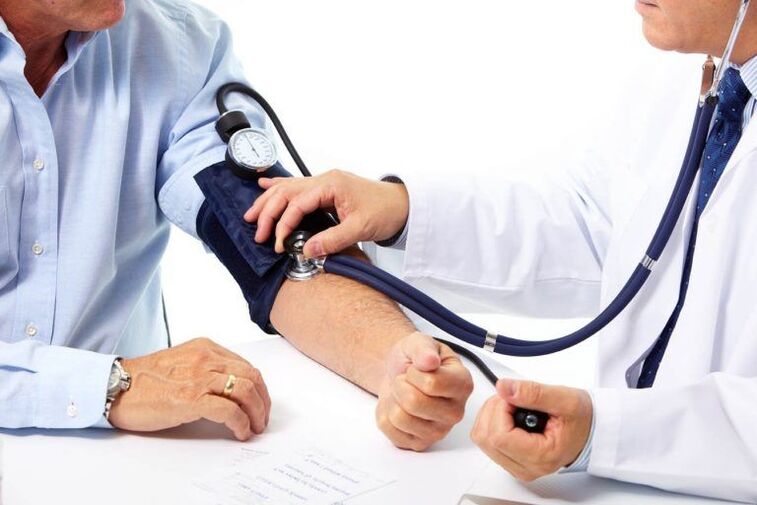
Hypertonic disease is the most common disease in the blood circulatory system worldwide. About 30% of the world's population suffers from this disease. In recent years, the significant "rejuvenation" of the disease has been observed - among the sick, more and more young, middle -aged.
Hypertension is full of heavy, disabled, often causing death. At the same time, subject to several regulations, events and development of the disease can be delayed by the year. Everyone should be familiar with the risk factors of development of hypertension, symptoms and principles of treatment.
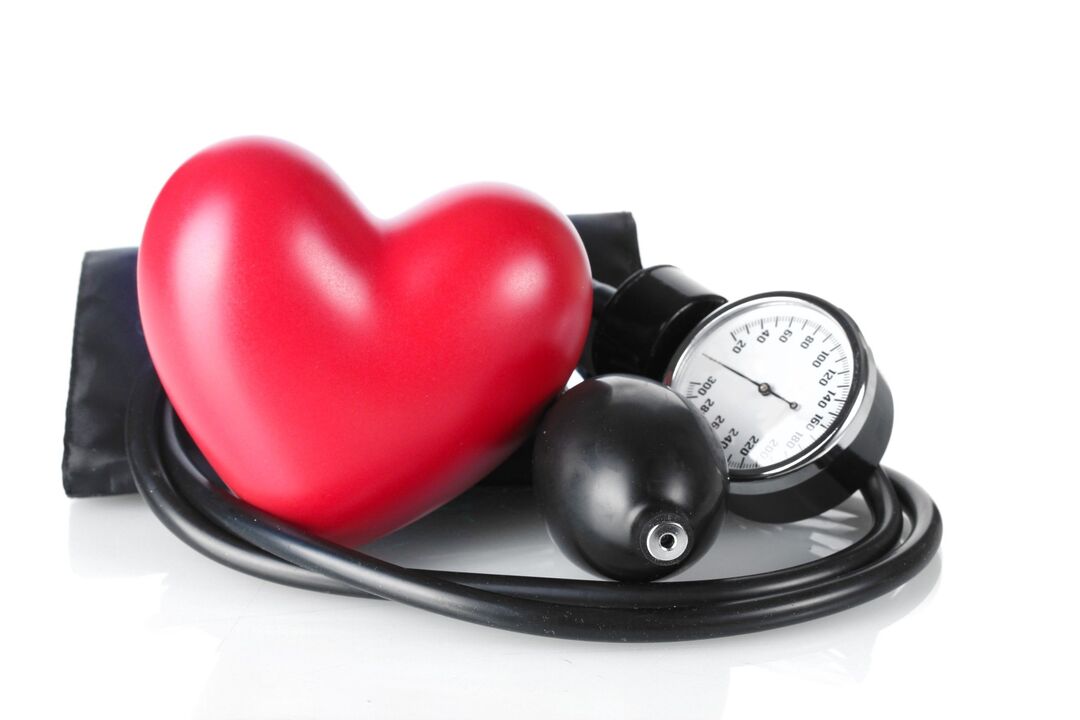
What is hypertension
Hypertonic or arterial hypertension (synonyms: important hypertension, main hypertension) - chronic proceedings, exposed to development, in a clinical picture of which the main symptoms are continuous increased blood pressure (that is, arterial hypertension syndrome).
Criteria for arterial hypertension are considered to be systolic blood pressure (blood pressure) from above or equal to 140 mm Hg. Art. and/or diastolic blood pressure exceeds 90 mm Hg. Art.
Etiology of the disease
Hypertonic disease is considered an idiopathic disease, the immediate cause of the occurrence is not established.
Among the various theories of emergence and the development of major hypertension, classical neurogenic theory is the most widespread. This concept considers hypertension as a neurotic state of higher nerve activity. The initial mechanism is considered nerve overvoltage (acute or prolonged, chronic), which causes a violation of trofism of the brain structure responsible for blood pressure regulations. Specific interests are emotions that have not received implementation in the motorcycle, "unbearable emotions. "
In the occurrence of major hypertension, genetic tendencies are detected. In 35-50% of people suffering from hypertension, the family nature of the disease is observed. One specific gene, a defect that will lead to continuous increased blood pressure, has not been detected. Perhaps, the disease has a kind of polygenic heritage.
The pathogenesis of hypertension
The main hypertension pathogenesis is complicated and at different levels has its own features. According to the neurogenic theory, under the influence of nerve overvoltage, the effect of the reduction of a large hemisphere of the brain on the subcortical (hypothalamic) vegetative center is reduced, which causes the activation of the pressure sympathetic system (vasoconstrictor). There is adrenaline release, increased heart curves, narrow arteries (including kidneys), increased blood pressure. Kidney arterial cramps activate another strong-rening-reniotensin-aldosterone, which contributes the importance of increasing blood pressure. Other vasoconstrictive agents are also connected over time - antidiuretic hormones, prostacilla, endothelin, thromboxan. They are opposed by the prostaglandins of the vascular, kallikrein-kin, and sodium systems. Long arterial cramps lead to violations of their internal shell function (endothelium), rearrange blood vessel walls and contribute to the development of atherosclerosis.
Risk factors
Risk factors are caused by signs, its presence in humans increases the likelihood of developing the disease. Various risk factors for major hypertension are divided into two groups - modified and unchanged.
Unchanged risk factors (impossible to influence them)
These include:
- Men's sex is among young men, a higher incidence of central hypertension than women at the same age. Low incidents in women are explained by the effects of estrogen protection. The prevalence of hypertension in the second representatives -two genders older than 60 are about the same;
- Age (over 50-60 years)-Hypertension increases significantly in old age;
- Descendants - The presence of important hypertension cases in the family increases the risk of disease.
Modified risk factors (subject to influence)
These include:
- Smoking - nicotine has a strong vasoconstrictor effect. Active and passive smoking leads to blood vessel cramps, increased blood pressure;
- Obesity - which is a weight index over 30 kg/m2. Clinical studies have shown that hypertension is increased as human weight grows. Subcutaneous fat deposition in the waist area (abdominal obesity) is very dangerous, as it is associated with very high risk of primary hypertension. This is due to the stimulation of the adrenal system sympathetic to the fat. The waist over 80 cm for women and more than 94 cm for men is a serious risk factor for hypertension;
- Inactive lifestyle (hypodynamia) - inadequate physical activity causes obesity development;
- Excess of receiving table salt with food products (over 5 g per day);
- Drink excess (more than 30 g of ethyl alcohol daily);
- Unbalanced diet (high -calorie, with excess saturated fat) - causing obesity;
- stressful situation.
Classification of arterial hypertension
The main hypertension is classified according to the level of arterial hypertension, with the nature of the target organ injury.
Classification of Arterial Hypertension Level (AG)
Sistolic blood pressure category, mm Hg. Art. Diastolic blood pressure, mm Hg. Art.
- Arterial hypertension I degree 140-159 90-99
- Arterial Hypertension II Degree 160-179 100-109
- Degree Arterial Hypertension III ≥180 ≥110
Classification with the nature of the target organ loss
The mishenian organs are called the organ where pathological changes arise mainly due to hypertension. For the main hypertension, the target is the heart, the kidneys, the brain, the eye shell, the blood vessels.
3 main levels of hypertension
It is common to distinguish 3 main levels of hypertension:
Level i-Count by the absence of changes from the target organs;
Stage II-There is a change in target organ that is not indicated by any symptoms:
- liver: improvement in left ventricles (according to ECG or heart ultrasound);
- Ships:signs of wall thickening, presence of plaque (according to ultrasound results, angiography);
- Kidney:reduction of function, microalbuminuria (detection of small parts of protein in urine);
- Retinal: narrowing, impregnation of blood vessels;
Level III-There are symptoms of change from the target organ:
- liver: ischemic disease, heart failure;
- brain: Temporary disruption of cerebral blood flow, stroke;
- Kidney:kidney failure;
- Ship: the occlusion of peripheral blood vessels, which delay the aortic aneurysm;
- Eye Retter:edema, bleeding, exudates.
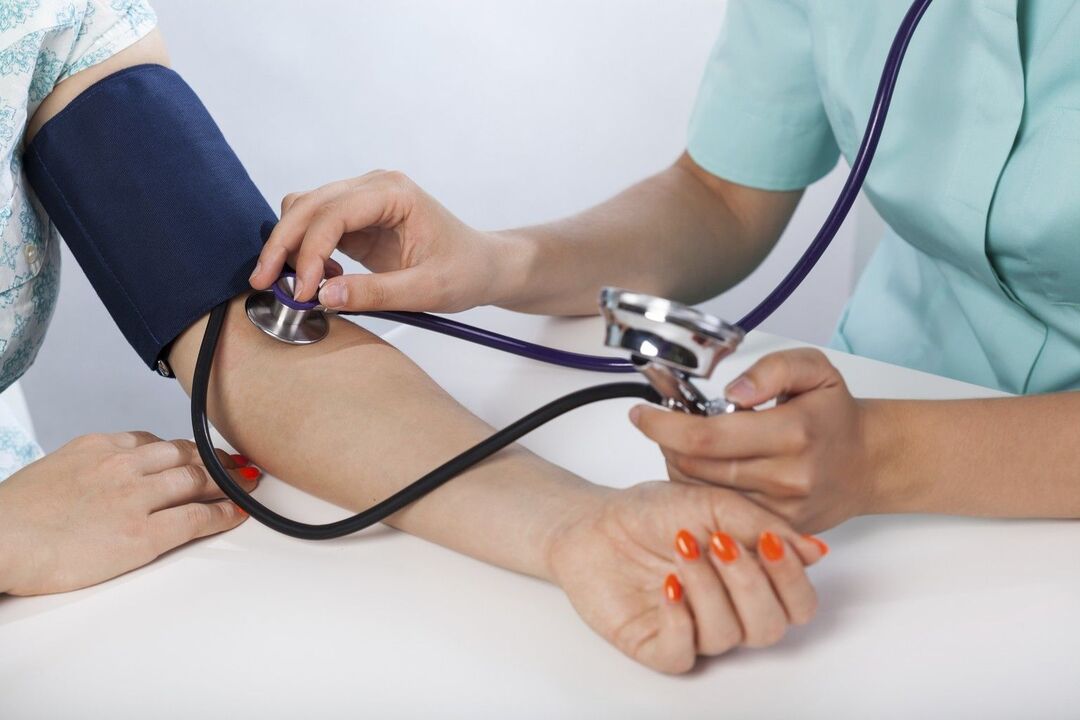
Symptoms of hypertension
In some cases, for a long time -the only important symptoms of hypertension remain as an increase in blood pressure. It can be accompanied by non -specific complaints to headaches (occurring in the morning, with "heavy head" types, with localization in the occipital region), irritation, excessive fatigue, sleep disorders, general weakness, dizziness, and fast -paced.
Hypertonic crisis is considered a bright sign of short disease (from 1-2 hours to 2-3 days) from the increase in the disease, which is characterized by sudden increased blood pressure. They occur about one -third of the patient.
There are 2 types of crisis for hypertension: the first order (adrenal) and the second order (norepinephrine).
The first hypertension crisis is growing among the middle -aged people. The rise of blood pressure occurs at night, accompanied by headaches, chills, foot cooling, anxiety, anxiety, rapid heartbeat.
The second hypertension crisis is a characteristic of parents. Increased blood pressure is accompanied by clear headache, visual perception, inhibition, drowsiness, nausea, vomiting.
With prolonged hypertension experience in the clinical picture, the main place is occupied by the symptoms of target organ disease: fabric pain with angina pectoris, shortness of breath, swelling with heart failure, stroke symptoms, etc.
Diagnosis of hypertension
To create a diagnosis of hypertension to a person, it is necessary to identify continuous increased blood pressure and excluding the presence of other diseases characterized by arterial hypertension syndrome.
Increased blood pressure is determined using a conventional tonometer - hell is measured by a doctor or patient himself. The essential condition is to adhere to the methodology of measuring blood pressure-the measurement is done after 3-5 minutes of rest in a comfortable environment, sitting, rest, shoulders and heart should be at the same level. The blood pressure level above or equal to 140/90 mm Hg. Art. He is talking about the suspicion of important hypertension. In the complex diagnostic case, daily monitoring methodology of blood pressure is used.
A disease that accompanies high blood pressure
In addition to hypertension, there are still several diseases accompanied by increased blood pressure: kidney pathology (pyelo-/glomerulonephritis), vasorenal hypertension (due to renal conrenal (Conrenal Conrenal) (Conrenal Conrenal) (Conrenal Conrenal) (Conrenal Conrenal) (Conrenal) (Conrenal) (Conrenal) (Conrenal) (Conrenal)Syndrome, disease syndrome, disease.
Additional examinations are intended to detect target organ pathology. It allows you to explain the level of hypertension, prescribing the appropriate treatment.
Diagnostic steps include:
- ECG: There may be signs of improvement in the left ventricle (hypertrophy), ischemic change, signs of acute myocardial infarction.
- X -Ray chest organ: changes in the heart contour (manifestation of left ventricular hypertrophy) can be detected;
- Echocardiography (ultrasound of the heart): can be detected by left ventricular hypertrophy, expansion of cardiac cavity, decrease in his work;
- Fundus studies: retinal artery, expanded veins, in later stages - bleeding, exudates, swelling is determined;
- Blood tests: the amount of cholesterol, the kidney indicator (creatinine, urea) is determined;
- Urine analysis: disruption of kidney function, microalbuminuria, and others detected.
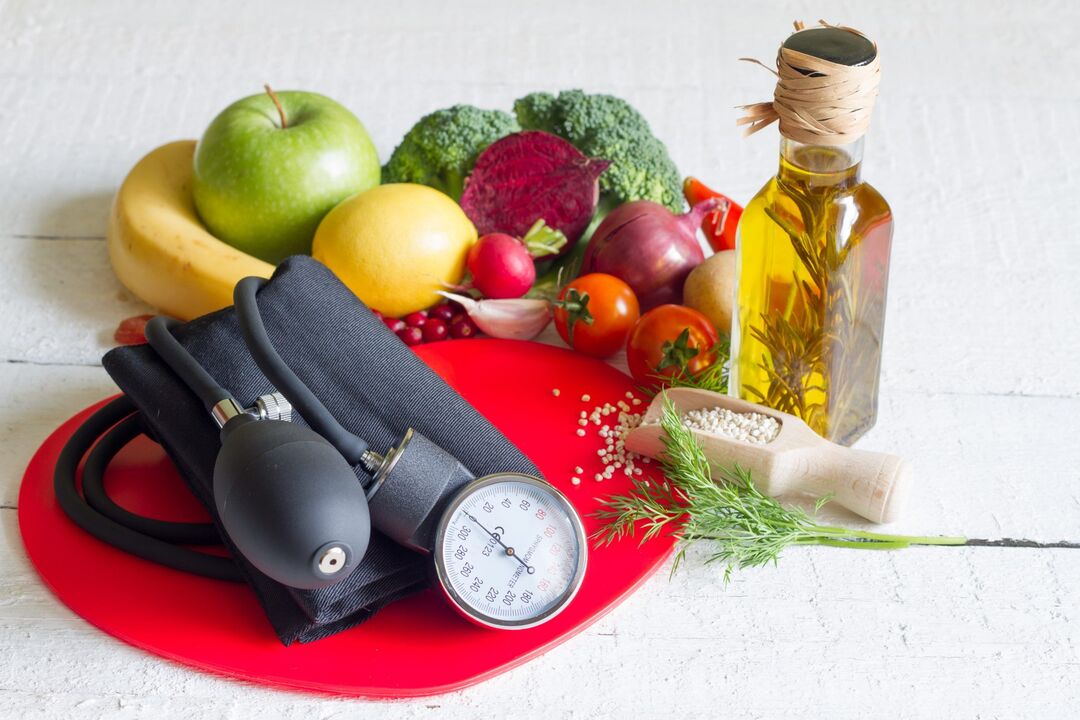
Hypertension treatment
In the treatment of primary hypertension, non -Drug methods and drugs that complement each other are successfully used.
Non -Drug method treats arterial hypertension
They are prescribed to all patients with hypertension, even if one receives medication to control blood pressure. These steps imply the elimination of risk factors by changing the lifestyle and human habits established. Scientists have proven that treatment is not submerged in certain cases not lower than treatment with medication.
Main Instructions:
- Limit the amount of table salt that comes from food (up to 5-6 g a day). This shows the rejection of complete foods such as sausages, sausages, salted cheese, canned foods, salted fish. It should also be noted that a large amount of salt is contained in bread products;
- The struggle for weight loss - people suffering from major hypertension, it is recommended to reduce the calorie content of food diet by limiting fat consumption;
- Restrictions on consuming drinks containing alcohol - up to 30 g of ethyl alcohol daily;
- Complete and strict refusal to smoke-if necessary, using the help of a narcologist;
- Frequent physical activity is moderate, preferably daily, lasting at least half an hour. Events in fresh air are preferred: jogging, running at an accelerated rate, cycling.
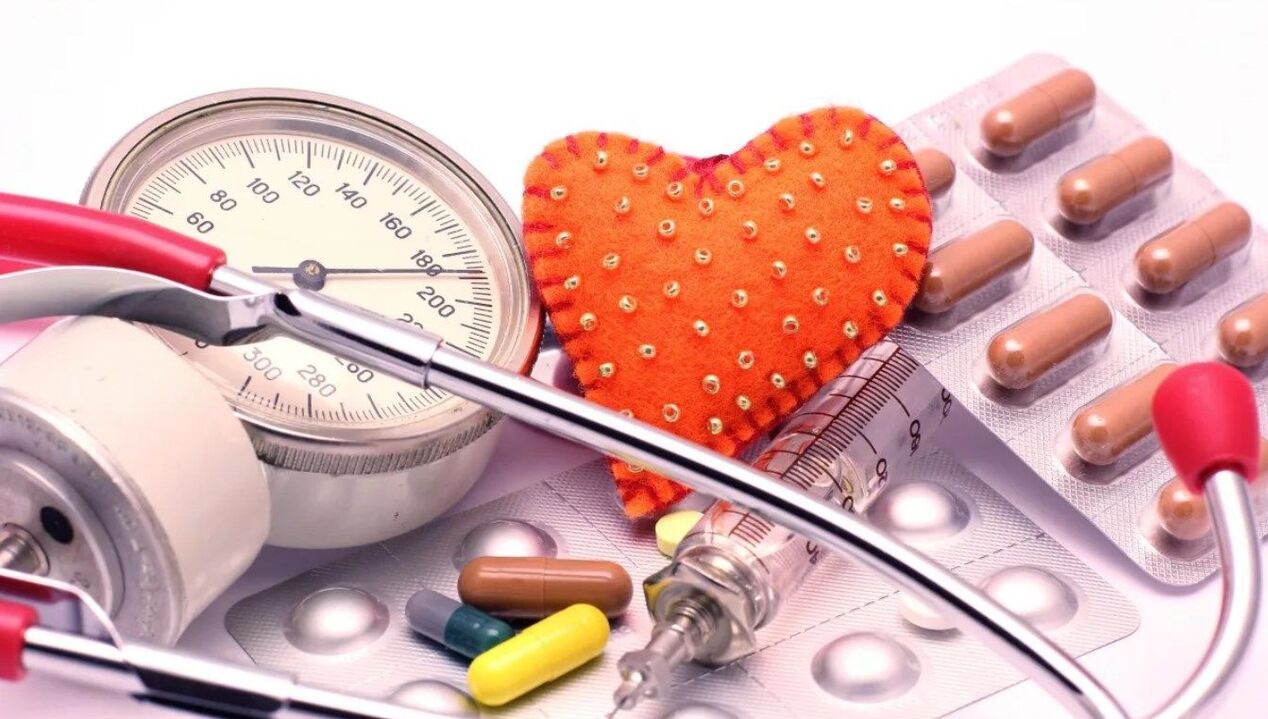
The treatment of arterial hypertension drugs
Impressing the use of medicines.
For effective primary hypertension treatment, some classes of drugs are recommended by experts, they reduce blood pressure, which affects the pathogenesis of different diseases.
Main Classes:
- Angiotenzinzinoproding enzyme inhibitor - IAC;
- Angiotensin receptor - sartians;
- calcium antagonists;
- diuretics;
- blockers;
- Renin inhibitors;
- central medicine (brain) action;
- Alpha-blockers.
A combination of drugs for the treatment of arterial hypertension
In the treatment of hypertension, the combination of drugs from various groups is widely used, for example, IACD + diuretics, calcium + IACF antagonists, -block + sartan + diuretics. The modern pharmaceutical industry produces a large number of ready -made drugs, which greatly simplifies the drug.
It should be noted that hypertension treatment is carried out under the ongoing control of a therapist or cardiologist. Doctors determine the amount of medical measures, moments prescribe medication, dosage, etc.
The free prescription of antihypertensive drugs is unacceptable. With the development of malignant hypertension, which is unacceptable to the effects of drugs, hypertension surgery treatment can be performed (baroreceptor stimulation of carotide sinus, kidney rejection, etc. ).
The prevention of hypertension
The main prevention of hypertension must be carried out from childhood. Children, adolescents, young people should regularly undergo medical examinations with blood pressure measurement. Prevention should affect the risk factors of the disease. Children are shown rational muscle load, overfeeding, excessive use of salt foods. Secondary prevention is intended to prevent the development of the disease. People suffering from hypertension are contraindicated at night, overtime, and conjugated with nerve load.

















